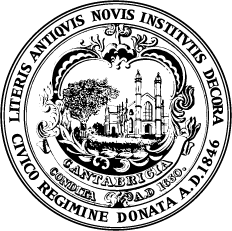In Cambridge, more than 80% of emissions come from buildings:
- About 35% from large commercial and institutional buildings
- About 35% from power plant emissions providing electricity and HVAC to buildings
- About 5% from small businesses and all residences
Building greenhouse gas emissions come almost entirely from the heating and cooling (HVAC) and electricity they use. Cambridge’s Net Zero Action Plan – adopted in 2015 and updated in 2023 – lays out goals, policies, and programs to get Cambridge to net zero emissions from buildings by 2050 or earlier.
Cambridge passed its Building Energy Use and Disclosure Ordinance (BEUDO) in 2014, which required the city's largest buildings to report their annual energy (and water) use. Nearly 1,100 buildings in Cambridge now report their energy use to the city every year.
In 2023, after voluntary reduction measures failed to meaningfully change building carbon emissions, the City Council updated the ordinance to additionally require large non-residential buildings to become net zero. Net Zero means that all greenhouse gas emissions produced annually through a building's operations are offset by carbon-free energy such as solar, wind, or geothermal, or electricity produced by renewable energy.
If your building is covered by BEUDO and you still have questions after reviewing the following sections, please email BEUDO@cambridgema.gov for free technical assistance.




